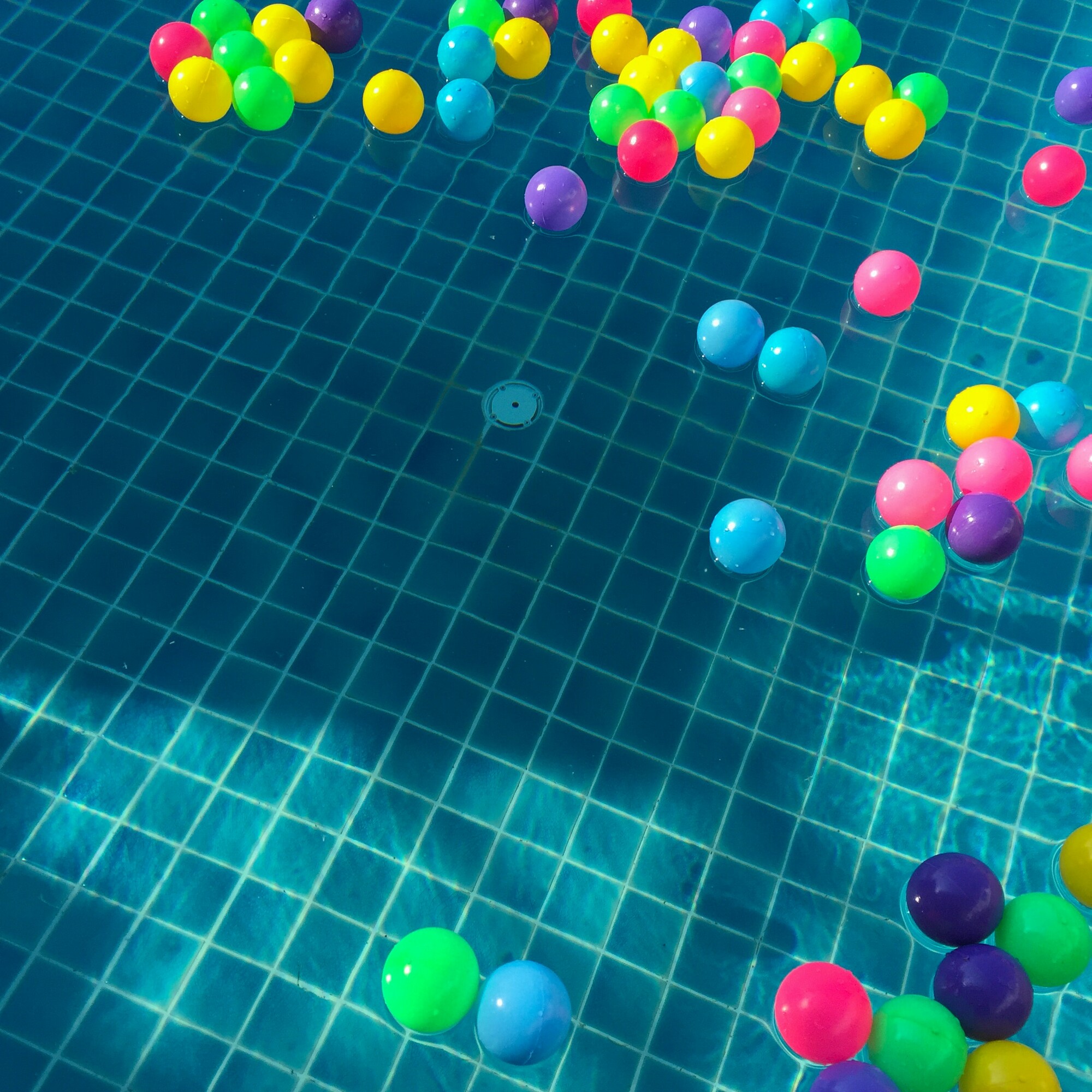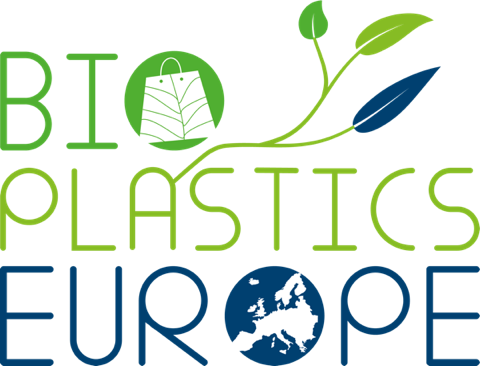Key safety aspects for bio-based plastic products
BIO-PLASTICS EUROPE is concerned with the safety of bio-based plastic products. To make sure that they conform with safety requirements, materials and products are subjected to a range of tests such as those described in the previous three posts. Our team at Manchester Metropolitan University (MMU) is developing a guide to ensure that products made with bio-based plastics are sustainable, allowed in the market, trusted by consumers and of course disposed of correctly. The fifth post of our project newsletter series explains why this task is important.
By Carly Fletcher, MMU, United Kingdom

Picture by Tirachard Kumtanom on Pexels
Safety can be defined as the “recognition and control of hazards”. Another way of thinking about safety is to protect from risk that may cause harm. With respect to bio-based or conventional plastic products, several aspects could have an adverse impact on human health and/or the environment, such as:
- Chemical: e.g. migration of elements and chemicals.
- Physical: e.g. choke hazards, sharp edges, etc.
- Mechanical: e.g. performance, finger traps, events leading to food spoilage, etc.
- Flammability: e.g. risk of ignition, flame, etc.
- Hygiene: e.g. cleanliness, bacterial/viral resistance, etc.
- Organoleptic: e.g. changes to smell, taste, appearance, etc.
- Environmental: e.g. ecotoxicity, persistence in the environment, biodegradability, etc.
- Communication: e.g. use of pictograms, logos, declarations, warnings, etc.
The safety of products is ensured though a vast range of policies, regulations (such as the EU General Product Safety Directive), and third-party certification schemes. Additionally, specific rules apply to materials used for manufacturing certain types of products, such as food packaging and toys.
But what (if anything) is the difference between products made from conventional plastics and products made from bio-based plastics? There are three main aspects to consider:
-
FEEDSTOCK CONFLICTS: Bio-based plastics are claimed to be more environmentally friendly, since they utilise biomass instead of oil as a feedstock. However, such feedstocks may compete with food production, and utilising organic waste may also have safety impacts;
-
PERFORMANCE vs. LIFESPAN: We must consider whether bio-based plastics have a shorter lifespan than conventional plastics, which would impact the mechanical performance of the products;
-
BIODEGRADABILITY vs COMPOSTABILITY: Consumers are still confused as to what is meant when a product is defined as “biodegradable” or “compostable”. Therefore, we need better communication regarding the optimal method of disposal and waste treatment for bio-based products.

Picture by Laura James on Pexels
Given those concerns, BIOPLASTICS EUROPE is developing a “safety protocol”, which is nothing more than a “guide” which companies can use when deciding whether to manufacture bio-based products. This document is one of the project's most important deliverables and will be available to the public in August 2023.
To write the safety protocol, the MMU team is reviewing existing safety documents, paying regard to the different concerns and opinions expressed by stakeholders across the value chain (such as producers, manufacturers, consumers, and the end-of-life chain). This is crucial for identifying essential issues and receiving advice. “We want to ensure a participatory approach to developing those standards, and ultimately present a user-friendly document” says Dr. Carly Fletcher, MMU's scientific officer working on BIO-PLASTICS EUROPE. To that end, our partners are present in interactive workshops and other events that we organize with stakeholders, as you can read more in the last post of this series by our partner Prospex Institute (PI), Belgium.


